To stimulate free trade with the implementation of Zlecaf, various models for redesigning the rail system are proposed to solve current transport challenges for more efficient intra-African trade.
Instead of a complete rebuild, the South African organization Tralac is proposing other, less costly rehabilitation approaches for the African rail system. According to a report published at the end of 2023, these solution approaches include gauge reconfiguration and interconnection of existing lines.
As things stand, some 9 different gauges have been adopted on the continent. While some countries have opted for the Cape gauge of 1.067 m, more commonly used and representing 61.3% of the continental network, others use the metric gauge of 1.000 m (19.2% of the network) or the standard gauge of 1.435 m (estimated at 14.5% of the network).
To resolve this problem of divergence, the document proposes the use of current engineering techniques, which enable railroads to be converted on the basis of models that allow near-uniformity of widths to facilitate the passage of trains from one state to another.
On the other hand, the other problem identified as needing to be resolved concerns interconnection challenges, reflected in the discontinuity and lack of meshing of several lines across the continent. Most railroads, except in a few countries in southern and northern Africa, "are simple links penetrating inland from coastal seaports, with very little interconnection".
What's more, 16 countries on the continent still don't have railroads, according to another report by the International Union of Railways (published in 2018). To address this problem, the document proposes a plan to build the missing links (or rail axes) for better meshing to achieve a continental-type rail system.
The potential impact of these solutions
According to AGL's estimates, quoted by the African Development Bank in its report "Rail Infrastructure in Africa Financing Policy Options", this will require over $100 billion in investment.

Given the size of the continent, these models should also reduce the time needed to carry out reconstruction work, in order to speed up implementation of the Zlecaf, which, according to official projections, will increase demand for intra-African freight by 28% over the next few years. At present, only 0.3% of total intra-African freight is carried by rail, compared with 80% by road.
A more competitive African rail system
With advantages such as volume optimization for freight shipments, rail transport, according to the ADB, is more competitive than road transport over distances of more than 500 km. It can even replace a large fleet of trucks with a few railcars.
This option, which favors road-rail modal shift, should have major positive impacts on logistical constraints such as costs per tonne-kilometre, shipment lead times, traffic congestion, road network sustainability, greenhouse gas emission reduction and the development of efficient, high-capacity transport corridors to effectively achieve Zlecaf's objectives.
In addition to these technical problems, which should be largely resolved if the African Union's Agenda 2063 comes to fruition, there are many other factors limiting the potential of the African rail system and free trade, such as network management models, national legal provisions (customs, immigration, etc.).
Agence Ecofin





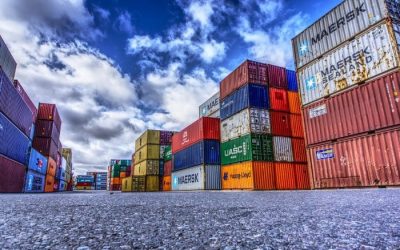
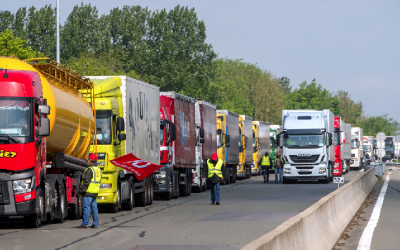
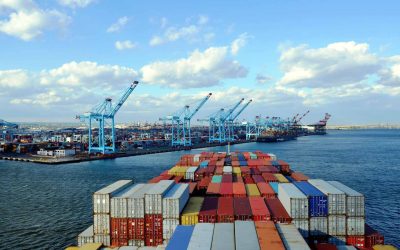
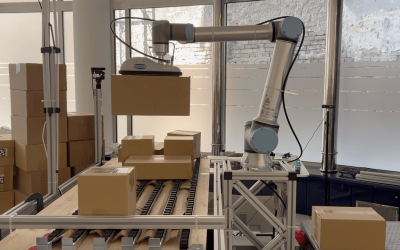


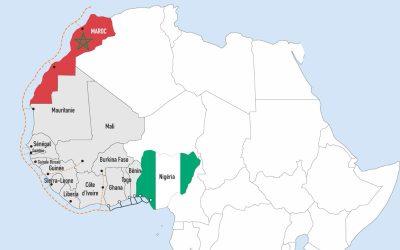
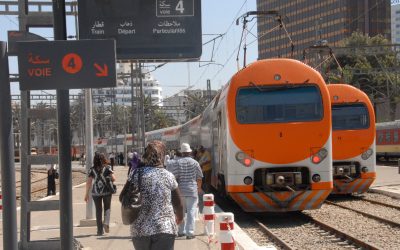



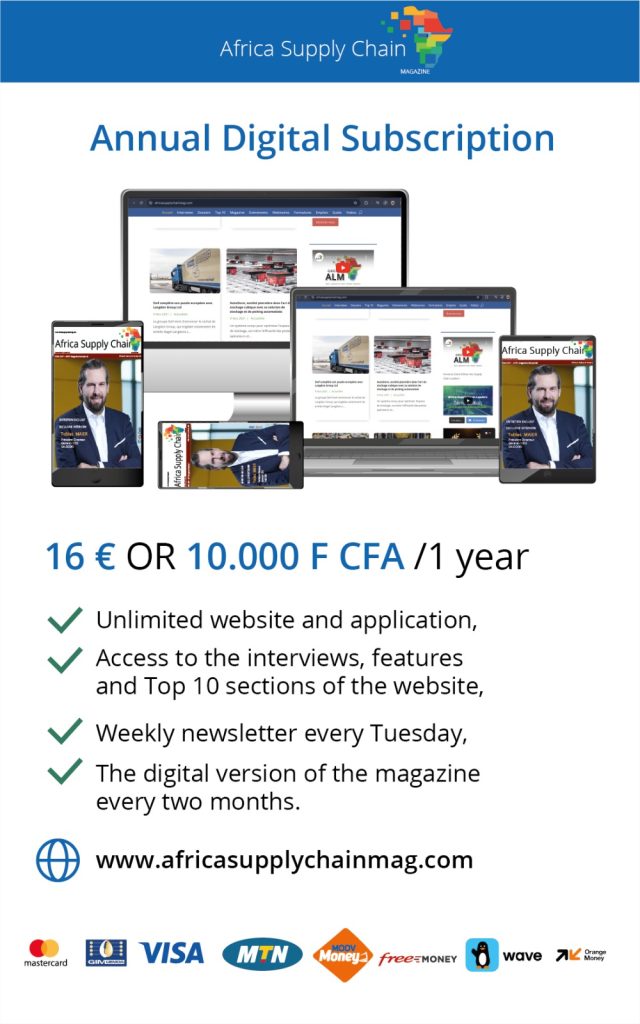


0 Comments